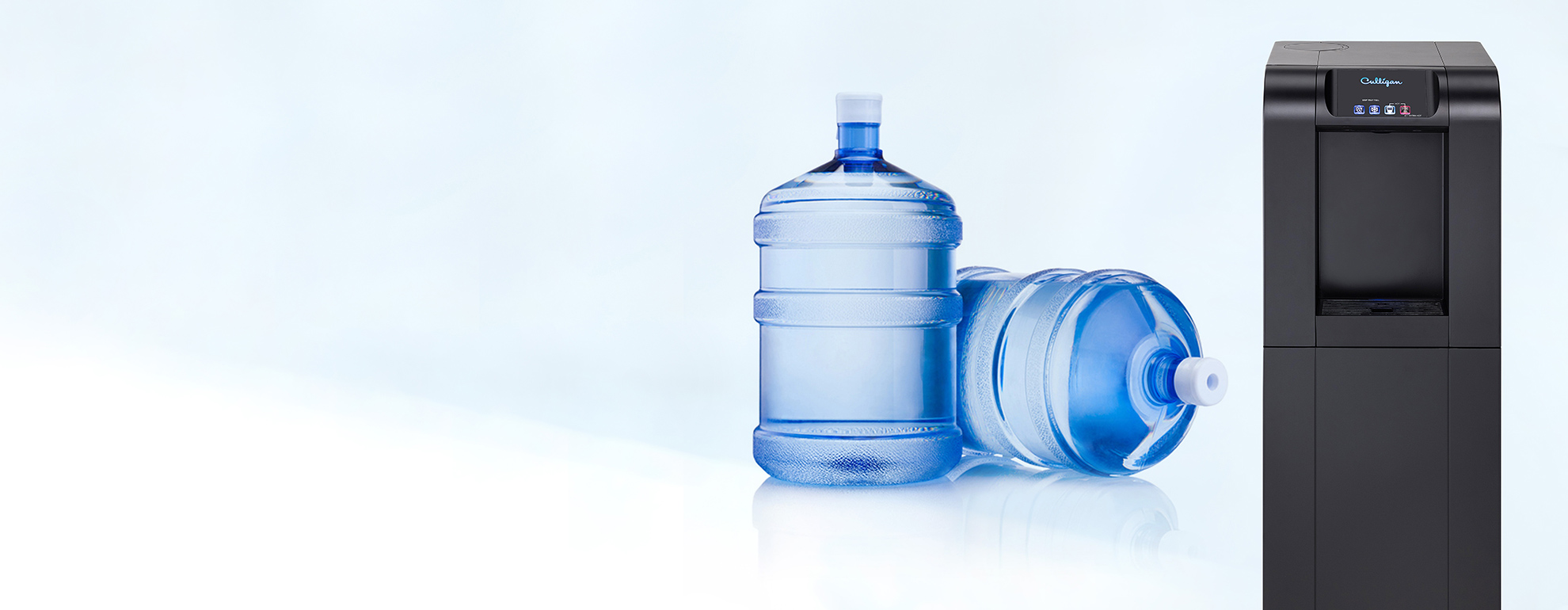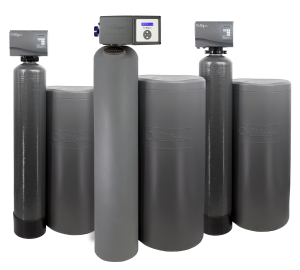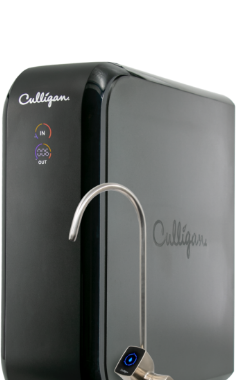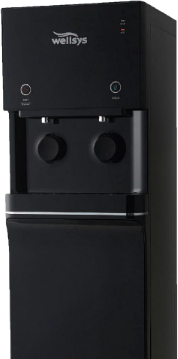Deals
Don’t Miss Out
What’s In Your Water?
Get a FREE Water Test!
- No mailing — fast results!
- Test any tap in your home
- NEW flexible sample pickup options

Frequently Asked Questions for Water in Oceanside, CA
Is Oceanside tap water safe to drink?
Yes, Oceanside’s tap water meets all state and federal safety standards. However, certain trace contaminants have been detected, such as arsenic (up to 0.5 µg/L), bromodichloromethane (up to 4.4 µg/L), TTHMs (up to 68 µg/L), and uranium (up to 4.2 pCi/L). While these levels comply with regulatory limits, the Environmental Working Group (EWG) notes that they may exceed stricter health guidelines.
Is Oceanside’s water hard?
Yes, Oceanside’s water is classified as moderately hard to hard, with average hardness ranging from 141–277 ppm (8.2–16.2 grains per gallon) depending on the water source. Hard water can cause mineral buildup, scaling on fixtures, and reduced appliance efficiency.
Does Oceanside’s water contain PFAS (“Forever Chemicals”)?
Recent testing detected low levels of PFAS such as PFOS (up to 2.4 ppt) and PFBS (up to 2.4 ppt), which are below California’s notification levels. Many residents choose reverse osmosis or advanced carbon filtration systems for extra protection.
Does Oceanside add fluoride to its water?
Yes, fluoride is added to Oceanside’s water at levels between 0.69–0.77 ppm, which is within both state and federal standards for cavity prevention.
What other contaminants are in Oceanside’s water?
The 2024 water quality report detected trace levels of the following:
- Arsenic (up to 0.5 µg/L)
- Barium (up to 0.122 mg/L)
- TTHMs (up to 68 µg/L)
- HAA5 (up to 20 µg/L)
- Uranium (up to 4.2 pCi/L)
- Aluminum (up to 0.16 mg/L)
- Nitrate (up to 0.64 mg/L)
- Total Dissolved Solids (up to 494 mg/L)
Where does Oceanside get its water?
Oceanside’s water comes from a mix of imported water from the San Diego County Water Authority, water treated at the Robert A. Weese Water Treatment Plant, the Carlsbad Desalination Plant, and local groundwater treated at the Mission Basin Groundwater Purification Facility.
What is the pH level of Oceanside’s water?
The pH of Oceanside’s water ranges between 7.1 and 8.5, which is considered neutral to slightly alkaline.
Should I use a water filter or softener in Oceanside?
Due to the hardness and presence of contaminants like TTHMs and uranium, many residents benefit from whole-house water filters, reverse osmosis systems, and water softeners to improve taste and extend appliance life.
Does Oceanside water have a high total dissolved solids (TDS) level?
Yes, TDS levels range from 149–494 mg/L, which is below California’s maximum standard but can affect water taste. Reverse osmosis systems are recommended for reducing TDS.
Where can I get a local water quality report?
You can access Oceanside’s latest Water Quality Report from the City of Oceanside here.
The Proof
Why Do Oceanside
Homeowners LOVE Us?
We’ve been using Culligan San Diego for years, and our water has never tasted better. Their team is knowledgeable, friendly, and always goes above and beyond to ensure our system runs perfectly.
From installation to maintenance, everything was seamless. The water softener has made such a difference — no more spots on dishes or dry skin.
Excellent experience all around. The techs were punctual, explained every step, and the reverse osmosis system they installed has completely changed the taste of our tap water.







Facebook